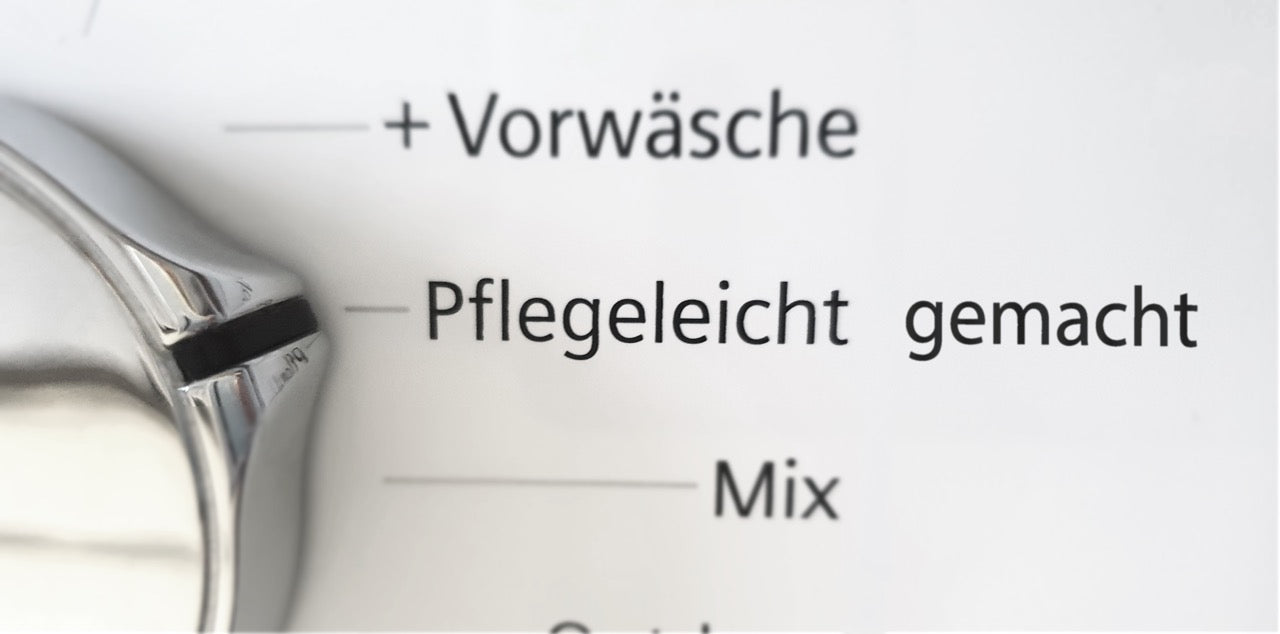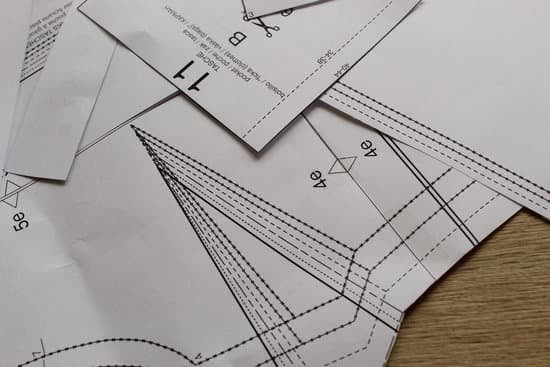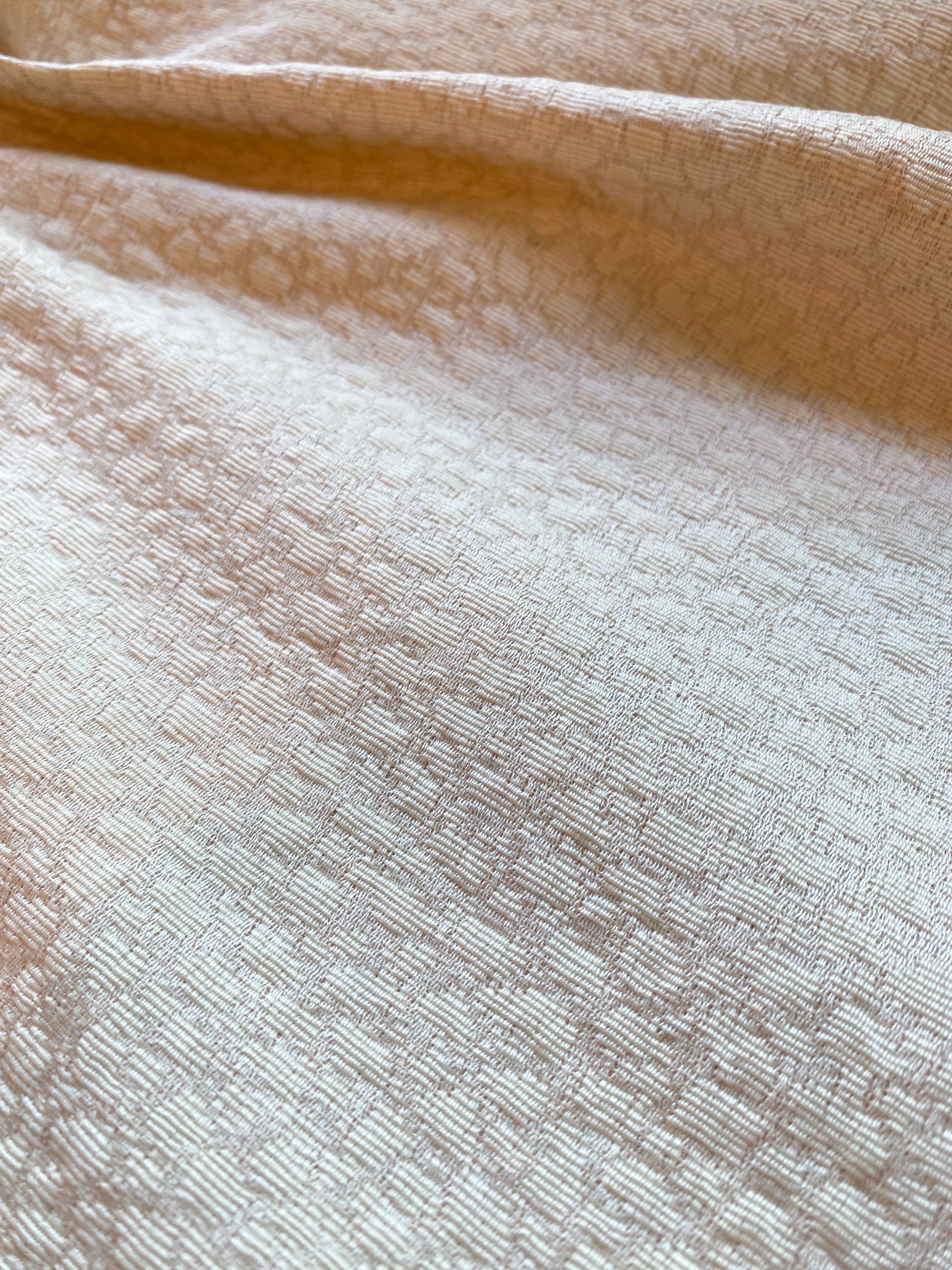Sewing machine needles are manufactured in different strengths and with different needle tips in order to achieve a clean and beautiful seam appearance depending on the material and fabric thickness and to prevent material damage or skipped stitches. In this article we would like to show you the most important types of needles and their uses so that you can quickly find the right needle for your sewing project!
needle systems
There are basically two different types of needle systems: the round and the flat-bottomed.
- Flat pistons (system number: 130/705 H) are very common and are used in all recent household sewing machines. They can be identified by the flat back of the needle, which must face the back of the sewing machine when inserted.
- Round pistons (system number: 287 WH) are used in older household sewing machines and in industry. The needle is completely round.
(You can find out which needle system you need in the operating instructions for your sewing machine)
needle size
The diameter of the needle shaft is called the needle gauge. This is specified as a metric number (Nm = metric number) in 1/100mm. 70 Nm means that the needle has a diameter of 0.7 mm. (In addition to the metric number, the needle packaging usually also shows the old Singer needle size designation, which is still common in England, America and Asia.)
The needle strengths range from 60Nm to 130Nm and are decisive for the size of the puncture holes. The finer the fabric, the lower the needle size should be.


Sewing machine needles should already be changed after 8-10 hours of sewing, as they are subjected to a great deal of stress during sewing and therefore wear out quickly (even if they are of good quality).
needle types
Any needle type - except for the universal needle - has a special abbreviation, which usually comes after the needle system. For example, 130/705 H J stands for the jeans needle.
- Universal needle (130/705 H)
The universal needle is the standard needle. It is suitable for woven, non-stretch fabrics made from cotton, linen, hemp, wool or synthetic fibers such as polyester or nylon. It has a slightly rounded tip.
- Jersey needle (130/705 H SUK )
A jersey needle must be used for knitted fabrics such as jersey or knitwear.
This needle has a rounded needle point and glides past the fine stitches when sewing without damaging them.
- Stretch needle (130/705 H- S )
The stretch needle also has a rounded needle point and is used with stretch materials and knitted fabrics that contain elastane. The special fuller and the stronger flattening of the needle prevent the sewing machine from skipping stitches when sewing.
- Super stretch needle ( HAx1 SP )
The super stretch needle has a wider eye and a reinforced shaft, making it the alternative to the stretch needle when you want to sew with a thicker thread or thicker, stronger materials. (The designation HAx1 SP stands for needles with a specially shaped flat shank, which means they are closer to the hook. They are also suitable for sewing machines that work with the 130/705 system)

- Jeans needle (130/705 H- J )
The jeans needle is the right choice for solid woven fabrics such as jeans, oilskin, canvas or twill. Compared to the universal needle, it has a more rounded tip, which makes it easier to penetrate solid, thick fabrics without damaging the material. The reinforced shaft of the needle reduces the risk of needle breakage and skipped stitches.
- Leather needle (130/705 H LL )
Leather needles have a sharp point that cuts through leather or leather-like materials, such as hard faux leather. It also creates an inclined stitch position, which gives the seam a decorative character. The Microtex needle should be used for soft synthetic leather. Tip: Use a larger stitch length to prevent the seam from tearing. When locking, be careful not to cut the sewing thread.
- Microtex needle (130/705 H- M )
The pointed, slim tip of the Microtex needles enables accurate stitches in very fine or densely woven materials such as microfibre fabrics, taffeta, poplin, silk fabrics or viscose. Coated fabrics such as oilcloth or imitation leather can also be sewn very well with this needle. Tip: With the Microtex needle you get particularly straight stitches when topstitching. Since pointed tips are more sensitive, the needle must be replaced here more frequently.
- Twin needle (130/75 H -ZWI )
The twin needle can be used with all household sewing machines that have a sufficiently large recess in the needle plate. This is the case when the sewing machine has a zigzag stitch. Some machines have an extra program and a second thread holder (it's best to look at the operating instructions for your sewing machine).
Twin needles are available in different needle spacings (NE 1.6 - 4.0).
The twin universal needle is ideal for decorative stitches or tucks. With the twin stretch needle, clothing made of knitwear can be hemmed professionally and without a coverlock machine. There is also a twin jeans needle with which the typical double topstitching can be sewn particularly precisely and easily.
- Quilting needle (130/705 H- Q )
The topstitching or quilting needle is perfect for patchwork, topstitching and quilting work. The particularly slim, slightly rounded tip easily penetrates the layers of fabric without damaging them and prevents the padding from being pulled out with it.
- Embroidery (130/705 H- E ), post-embroidery (130 N ), and metallic (130 MET ) needles
The embroidery and metallic needles have in common that they have a larger needle eye so that effect or embroidery threads can slide through them particularly gently and with little friction. These are not as tear-resistant as normal sewing thread. The embroidery needle has a small ball point, which prevents damage to the (already sewn) embroidery thread and the embroidery base. The metallic needle is specially designed for use with metallic effect yarns.
Thanks to its long needle eye, the touch-up needle is recommended for decorative and topstitching work with two or thicker threads, such as on jeans.
- Overlock Needles (ELx705, ELx705 CF, ELx705 SUK CF)
Special overlock needles have a second thread groove, which is required to form chain stitches on certain overlock and coverlock machines (ELx705 system). These needles are particularly durable thanks to their chrome coating and reinforced shaft and are therefore suitable for the high sewing speeds of these sewing machines. Again, there are different types of needles.
Schmetz color system:
The Schmetz sewing machine needles have a special color marking for the different needle types and needle sizes:

freebie
With all the many sewing machine needles - which you will probably have by now ;) - download the freebie for the needle marker! This quick and easy sewing aid works similar to a parking disc - you can set both the type of needle and the corresponding needle size you are currently using. You can attach the needle marker to your sewing machine with a ribbon and know which needle is currently inserted even after a sewing break.





